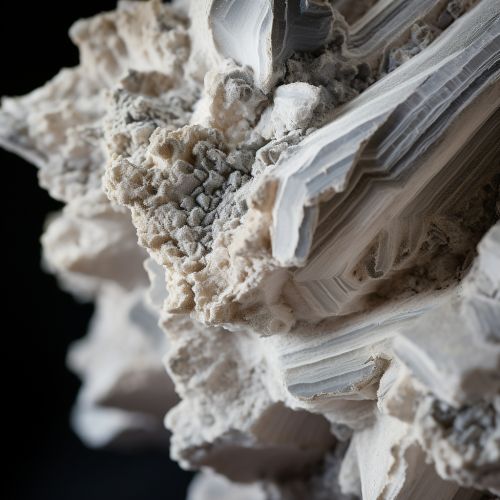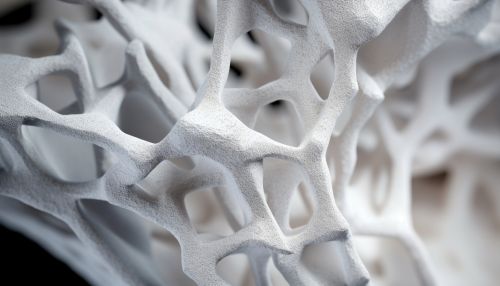Calcium
Introduction
Calcium is a chemical element with the symbol Ca and atomic number 20. It is a soft gray alkaline earth metal, and is the fifth-most-abundant element by mass in the Earth's crust. Calcium is also the fifth-most-abundant dissolved ion in seawater by both molarity and mass, after sodium, chloride, magnesium, and sulfate.


Characteristics
Calcium is a very ductile silvery metal with a pale yellow tint whose properties are very similar to the heavier elements in its group, strontium, barium, and radium. A calcium atom has twenty electrons, arranged in the electron configuration [Ar]4s². It is the lightest element to have six naturally occurring isotopes.
Occurrence and production
Calcium is not naturally found in its elemental state. Calcium occurs most commonly in sedimentary rocks in the minerals calcite, dolomite and gypsum. It also occurs in igneous and metamorphic rocks chiefly in the silicate minerals: plagioclases, amphiboles, pyroxenes and garnets.
Biological role and health
Calcium is the most abundant metal and the fifth-most abundant element in the human body. As electrolytes, calcium ions play a vital role in the physiological and biochemical processes of organisms and cells: in signal transduction pathways where they act as a second messenger; in neurotransmitter release from neurons; in contraction of all muscle cell types; as cofactors in many enzymes; and in fertilization.
Applications
Calcium is used as a reducing agent in the production of other metals, in water treatment, and in cement production. It is also used in the manufacture of cheese, where it is used to remove proteins from milk.
